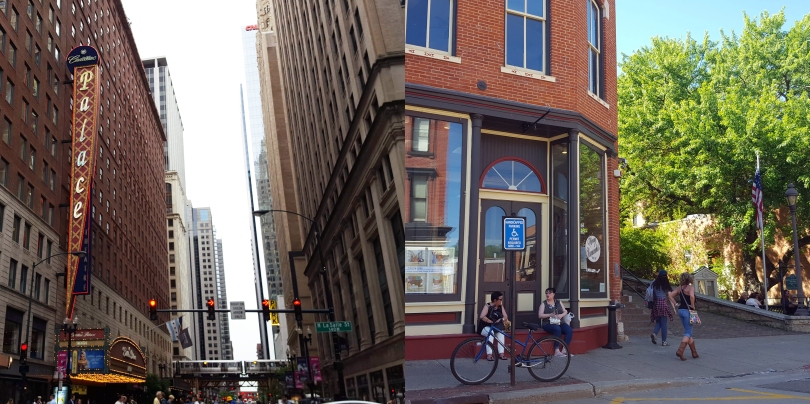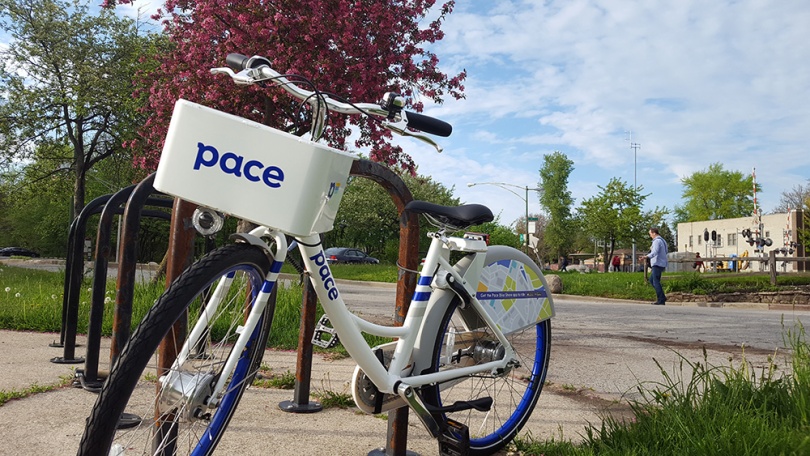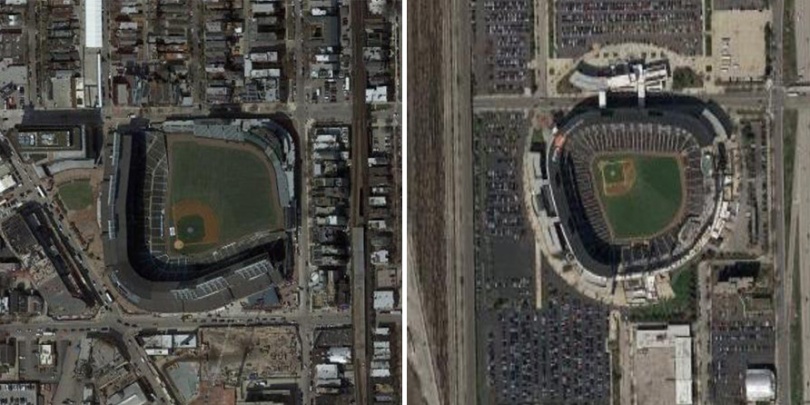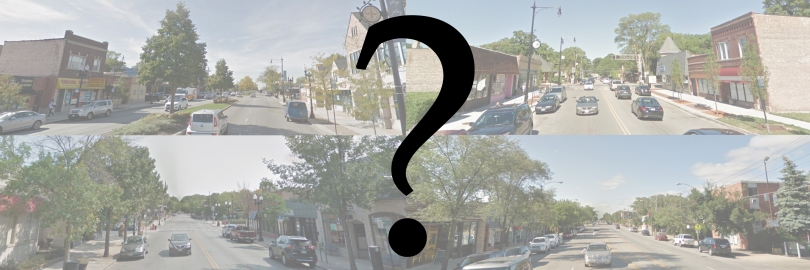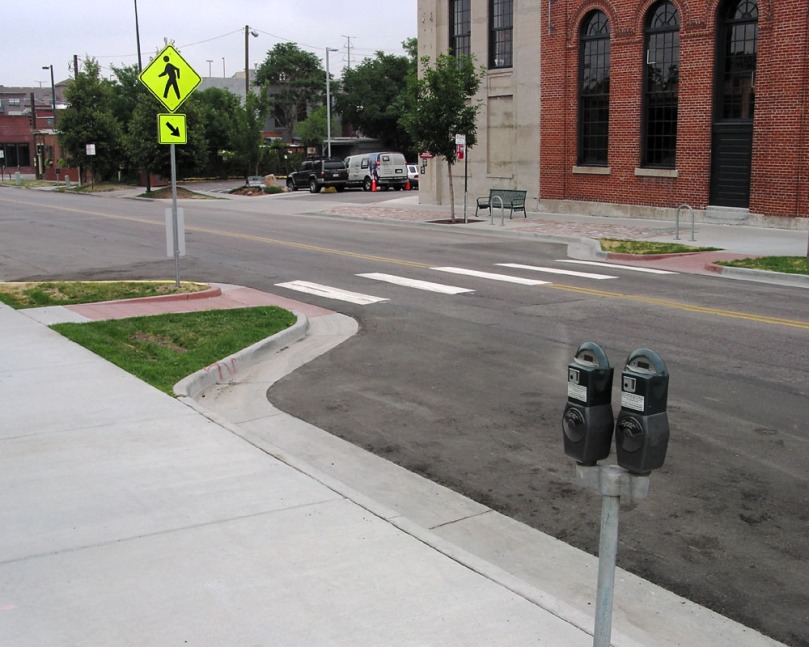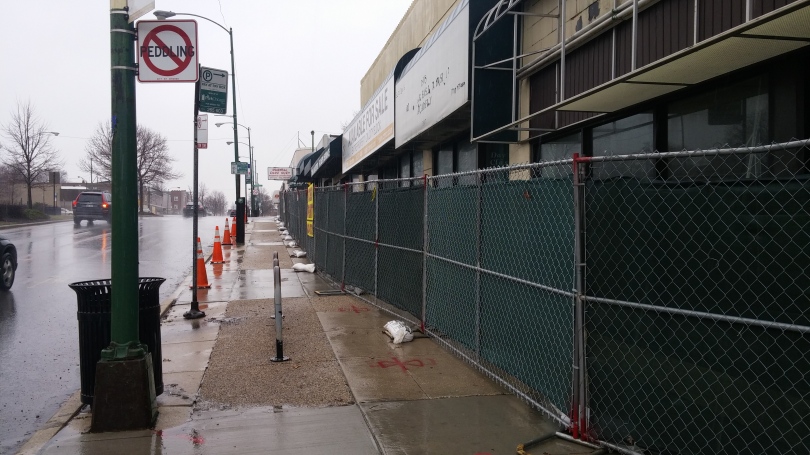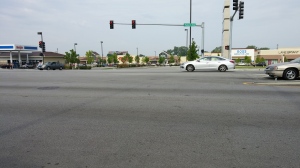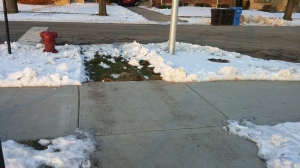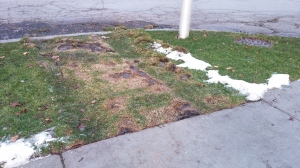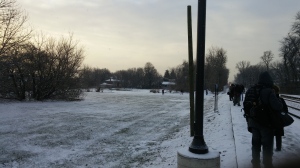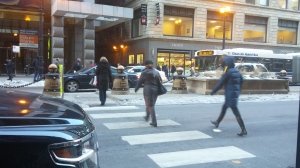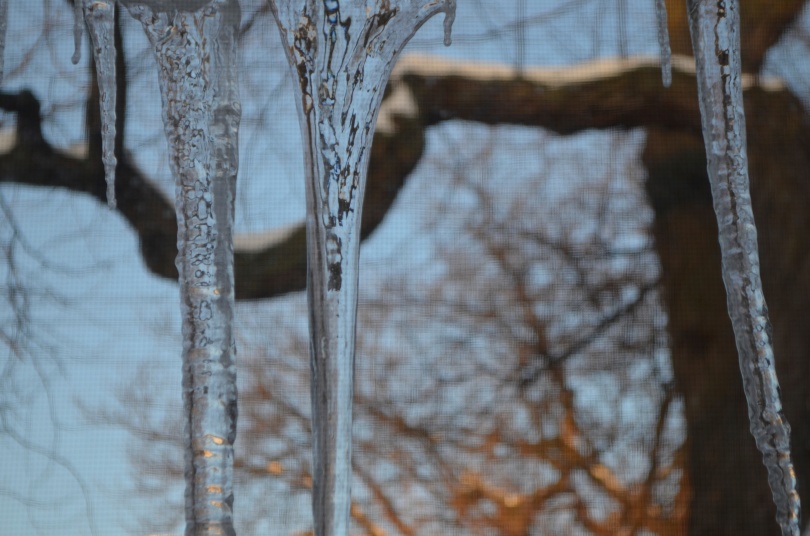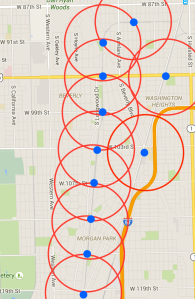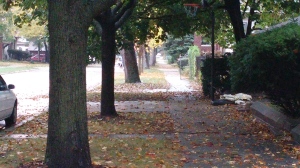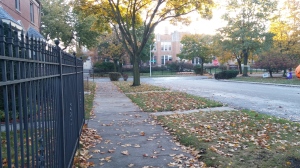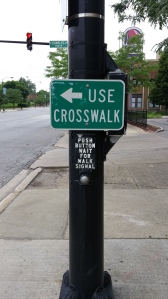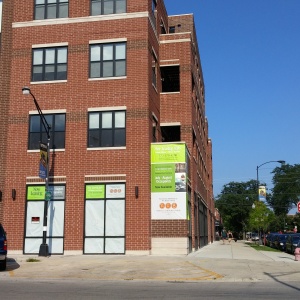I’ve been thinking a lot lately about what it means to really love a place. Love, after all, might be the most irrational of emotions, and that is further amplified when trying to explain why you are attached to a particular neighborhood or city — or something bigger.
You see, this is my final contribution to Main Street Beverly. My wife, my daughter, and I are moving to Galena, a place that has always existed as much in our imaginations as it has in the real world. This is a longtime daydream that is finally coming true, and it seems appropriate to say goodbye to this blog and its readers with some reflections on the idea that perhaps the image we have of a place in our minds matters just as much as the realities on the ground.
Young love
I fell in love with Chicago as a child when my parents, my brother, and me would pile into our van at Christmastime and make the trip from Antioch — a place that exhibits equal parts small-town charm and suburban ennui — to the Magnificent Mile.
While the sights and sounds of the holiday season are typically enough to make a child giddy, I was more taken with the city itself: the bustle, the buildings, the possibilities. I knew that one day I would have to live there. It was the life for me.
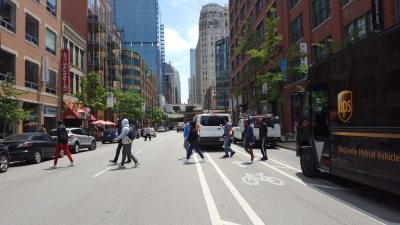 You could say that I actually fell in love with cities at that point in my life, but at the same time, there was something about Chicago specifically that I wanted to be a part of, even more so than flashier places like New York and San Francisco.
You could say that I actually fell in love with cities at that point in my life, but at the same time, there was something about Chicago specifically that I wanted to be a part of, even more so than flashier places like New York and San Francisco.
That feeling stayed with me as I got older. As a young adult, I found myself attending Columbia College right in the thick of urban Chicago. As a budding journalist, I became obsessed with learning as much as I could about the city — its people, neighborhoods, politics, cultures, and history.
And as I got older still and saw friends decamp for other parts of the country, I never wanted to leave Chicago. I’ve always stood up for it even as outsiders have tried to tear it down (and badmouthing Chicago could practically be a full-time job). In fact, I’ve been a staunch supporter of urban living even as some question the practicality of living in the city. (I would question the practicality of living in the suburbs, but that’s a different story for a different time.)
Yet I know my love is completely irrational. There are as many reasons to hate Chicago as there are to love it. And I’ve never ignored the reasons why people hate Chicago — or simply choose to live elsewhere. In fact, they are some of the same issues I have with it: the political system, the social inequities, the violence. But those things always strengthened my resolve to stay and, perhaps, play some small role in change.
New love
So why is my family leaving now? Well, the most “rational” explanation would be that our circumstances have changed. My brother was the first to decamp to the so-called “Driftless Region” around Galena and Dubuque, Iowa. Then, a few years ago, my mother-in-law moved from her suburban-Chicago home of 40 years to an apartment in the heart of Galena. Finally, my parents have decided to retire to the same area this summer. With such an extensive family network between Dubuque and Galena, it almost seems crazy for us not to move there.
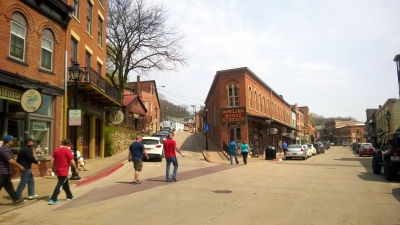 However, there’s another reason. A less rational one. One that exists on a deeper level than our desire to be near family. You see, Galena became a sort of second home to my wife after she spent six years living there and working for the local newspaper. At first, she thought she might stay a year or so before moving on to other opportunities.
However, there’s another reason. A less rational one. One that exists on a deeper level than our desire to be near family. You see, Galena became a sort of second home to my wife after she spent six years living there and working for the local newspaper. At first, she thought she might stay a year or so before moving on to other opportunities.
But, as I can attest, Galena grabs a hold of you from the minute you roll over the bluffs and into town. Soon, you are wishing a weekend vacation can extend to a week or a weeklong vacation can last a month. Next thing you know, you are thinking about living there. That’s how my wife’s one-year plan turned into six and how even after leaving the desire to return remained strong.
My wife loves Galena the way I love Chicago, and from the first time we visited Galena together at the beginning of our relationship nearly nine years ago, I fell in love with the town, too.
We have talked for years about moving there, sometimes against our better judgment: We could quit our jobs and open a store. We could run a B&B (maybe even with alpacas). We could live like hobos until the right opportunity comes along. At times we would talk about moving to Galena the way some people talk about moving to New York, saying we would scrape by just to live in such a beautiful place. No idea seems too crazy when you are in love.
Fortunately, the right opportunity came along before we actually moved. I applied for and was offered a great job in the region, meaning we could live stably and have access to the types of resources our daughter needs. Now, the hardest thing to believe is that the dream is coming true.
Unconditional love
At the root of all of this is a deep love for a place. Of course, we love the people in Galena. But the place wouldn’t be what it is without the people. They are part of the love.
And we might not be doing this if we didn’t think the school system could provide what our daughter needs or we couldn’t access good medical services. Yet, good schools and good medical services exist in many places. You don’t have to live in Galena to find those. It comes down to something more instinctual, maybe even irrational.
Typically, I have focused my blog entries on ideas that are more concrete: Are we making decisions that are good for the fiscal health of the community? Can people cross the street safely? What is the “right” amount of parking? Who has access to our neighborhood? And those are all important questions that I hope the people of the 19th Ward continue to ask of themselves and their leaders. They are fundamental to the very concept of a neighborhood, an urban ecosystem.
But even more fundamental must be love. All the practical thinking in the world can’t bring change, improvement, and stability in a community without some irrational love for that particular place. People don’t invest their time and energy into things like attending public meetings, turning out for tree planting events, or even protesting questionable policies and decisions if they don’t care about where they live.
The challenge, though, is to not allow love for a place to be blinding. Love a place for what it is today but also for what it could be tomorrow and what it was yesterday. For better and worse, no place remains frozen in time. Once you accept that, you will love a place more deeply because you will be invested in its future, not just financially (with mortgage, rent, etc.) but also emotionally.
For those of us who love Chicago, we understand this intimately — you accept a lot of baggage when you love Chicago. And for that reason, my moving from Chicago doesn’t exactly feel like I’m leaving it. It exists in my heart and in my dreams. I will visit, and when I do, it will be different than when I moved away. And I will still love it.
But right now, it’s time to explore other cities, other communities, other places. For years now, my wife and I have loved Galena from afar; we are ready to call it home.
* * * * *
Until we meet again…
Now, on to the nuts and bolts: Since you are reading this, you are probably wondering what will happen to Main Street Beverly now that I’ve told you this is my final post.
I intend to keep the site up as an archive. I hope there are the seeds of new ideas for the 19th Ward buried somewhere within my ramblings. It’s also possible I could link the archived Main Street Beverly to some future blog of mine that is yet unplanned. I’m sure I will get the itch to blog again, possibly about urbanism, possibly about my other passions, music and record collecting (particularly vintage soul and R&B).
I plan on keeping the Main Street Beverly Facebook page live for a short period of time, but I will eventually shut it down. There are many online forums for conversation and debate in the neighborhood, and I encourage you to seek them out if you haven’t already.
Finally, thank you to each and every one of you who has read this blog and also to those who have engaged in discussion or taken action based on what you have read here. When I launched Main Street Beverly, I set out to shift the conversation about development and planning in our neighborhood and possibly even change some hearts and minds in the process. I hope that has happened to some extent.
I know that not everyone has agreed with everything I have written, but I believe most disagreements have been civil. You don’t need me to tell you there is a lot of passion for this neighborhood among those who live here, and with passion always come disagreements. Keep that passion alive and keep pushing for the greater good.
All the best.
Jeff

